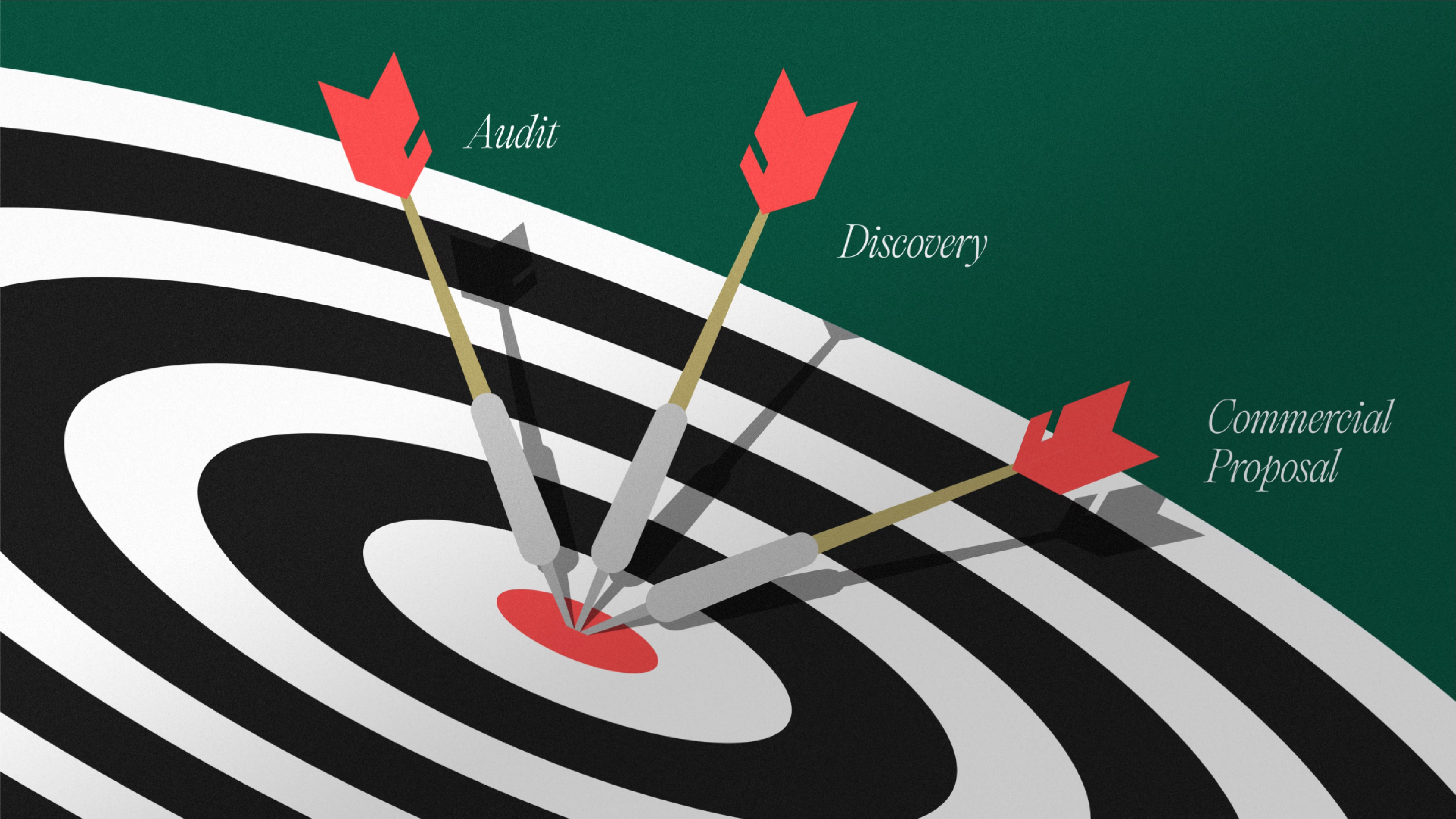How Do You Measure the Success of Branding?


How Do You Measure the Success of Visual Identity in Branding?
Evaluating design quality can feel like opening Pandora’s box—subjective opinions, debates, and all the gray areas in between. But here’s the thing: you can approach it logically and, most importantly, in a way that doesn’t cost a fortune.
Here’s a guide to help you assess design quality—from the look and feel to how well it’s built and the results it delivers. We’ll also share simple metrics to measure each step along the way.
Step 1: Assessing the Design Itself—The 4F Rule
When it comes to brand identity design, there’s a lot to unpack. To make it simple, we use the 4F rule: Fit, Form, Functionality, and Freshness. This gives us a clear framework to judge how well the design meets the business goals and resonates with users.
Fit: Brand Alignment and Timelessness
A design must align with the brand’s values and identity while maintaining a timeless quality. It should remain relevant and resonate with the brand’s current and future direction.
- Metriс: Net Promoter Score (NPS). NPS is a fast way to measure design fit. Ask customers, “How well does this design align with our brand values, from 0 to 10?” Scores of 9-10 indicate strong alignment, while lower scores suggest adjustments. It’s direct feedback on your design’s impact.
Form: Aesthetics and Emotional Connection
Form is all about how the design looks and makes people feel. Think of it as the “wow” factor.
- Metric 1: Check the ratio of views to likes on design platforms like Behance. A good target is around 10% engagement.
- Metric 2: Getting featured in curatorial galleries like Behance and mentioned in media like Telegraf.Design, Vector (for Ukraine), The Dieline, or Creative Review (worldwide) boosts your credibility.
Functionality: Usability and Relevance
A beautiful design means nothing if it’s a nightmare to use. Functionality is how well the design serves its purpose—whether it’s a website, product packaging, or anything else.
- Metric: Measure how fast you can take the design from concept to execution. Faster is better because it means the design isn’t holding up production.
- Pro Tip: Make sure your designer knows how to prep layouts that are easy for manufacturers or developers to work with.
Freshness: Creativity and Innovation
Freshness is the final “F.” It’s the spark that makes your design stand out—new ideas, clever solutions, and that touch of innovation that gets noticed.
- Metric: Look for recognition in major award shows like ADC*E or D&AD. Shortlists and wins mean your design isn’t just good—it’s cutting-edge.
Step 2: Quality of Execution—Making Sure It’s Done Right
The best design concept won’t matter if it’s executed poorly. This is where things can go off the rails, so you’ll want to keep a close eye on how the project unfolds.
Pro tip: always bring in a consultant or someone you can trust with the delivery. They’ll help ensure your design gets executed on time, within budget, and without headaches. Trust me, it’s worth it.
How to Track Metrics:
- Plan vs. Actual Execution: Use tools like Asana to compare progress with the original design. Regular milestone reviews help catch any issues early.
- Budget Deviation: Track expenses with budgeting tools or simple spreadsheets. Review weekly to spot any overspending.
- Timeline Deviation: Use Gantt charts or time-trackers like Toggl to monitor deadlines.
Step 3: Measuring the Business Impact of Design
Design isn’t just about making things look good. It should have a serious impact on your business. However, it’s not always easy to measure the direct effects of design changes on business performance. That said, there are some key metrics you can track to get a clearer picture.
Brand Awareness
A new design can boost brand visibility, which you can track through surveys or online feedback. Use Google Forms or Typeform or gather feedback directly at your physical locations. This will help gauge how much attention your new design is grabbing.
Media Mentions and Social Engagement
When people start talking about your brand, it’s a sign that your design is resonating. Track media mentions with Google Alerts and social interactions using Hootsuite or Sprout Social to stay updated on your brand’s buzz.
Engagement with Branded Touchpoints
Whether it’s website visits, foot traffic to physical locations, or interactions on social platforms, monitoring these data points helps you see the design’s impact. Use Google Analytics for website visits, Square for foot traffic, and Hootsuite for social interactions to track your design’s impact.
Review Sentiment
Monitor review platforms like TripAdvisor (or another platform relevant to your business) for an increase in positive reviews after your design update, as this serves as a solid indicator of success.
Sales Performance
Okay, this one’s trickier. Sales impact can take time to show up, and it’s often difficult to tie a sale directly to a design update. Track sales impact by comparing month-over-month and year-over-year data to spot trends and see if the design update influences sales over time.
ROMI (Return on Marketing Investment)
If you’re rebranding, track ROMI to measure the return on your design investment. Use HubSpot to track revenue changes post-rebrand, then compare it to your rebranding costs to calculate the return.
CAC (Customer Acquisition Cost)
Lowering the cost of acquiring new customers after a rebranding is a major win. If your CAC goes down, that’s a sign your design is doing its job.
Employee Satisfaction
While not a direct financial metric, how your employees feel about the new design is important. A well-executed design can boost team morale and help build a stronger company culture. Run quick internal surveys using tools like Google Forms or Typeform to gather employee feedback
Wrapping It Up
Measuring the success of branding isn’t just about looking good. It’s about fitting your brand, making sure the execution is spot on, and most importantly, how it impacts your business.
Whether you’re planning a rebrand or just tweaking things, these tips give you a good starting point.
And if you need help navigating this process, we’re here to guide you.














